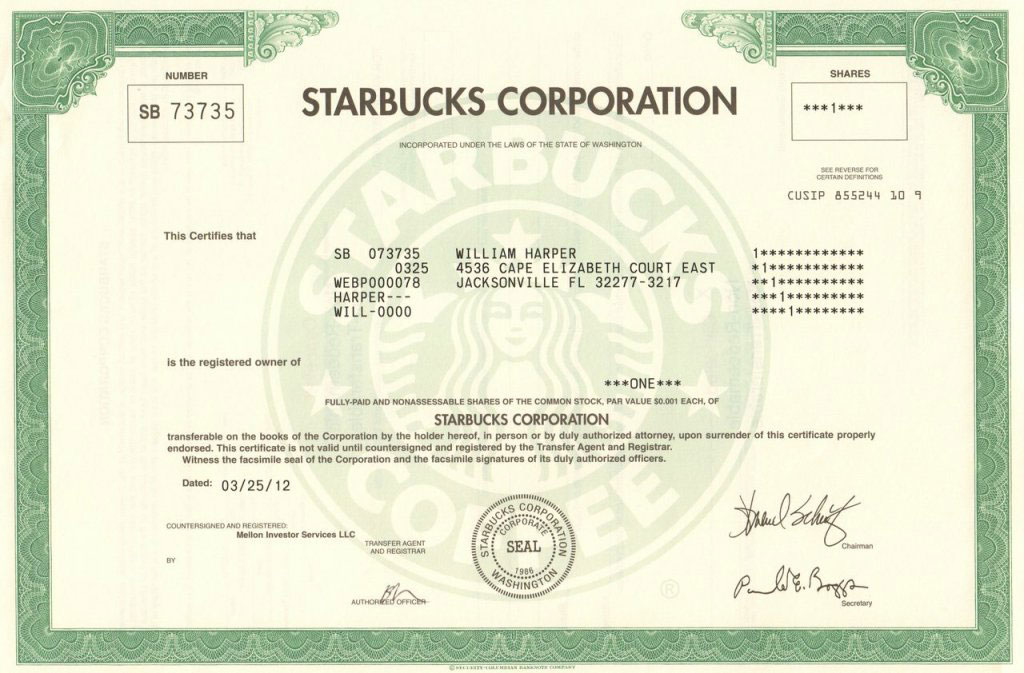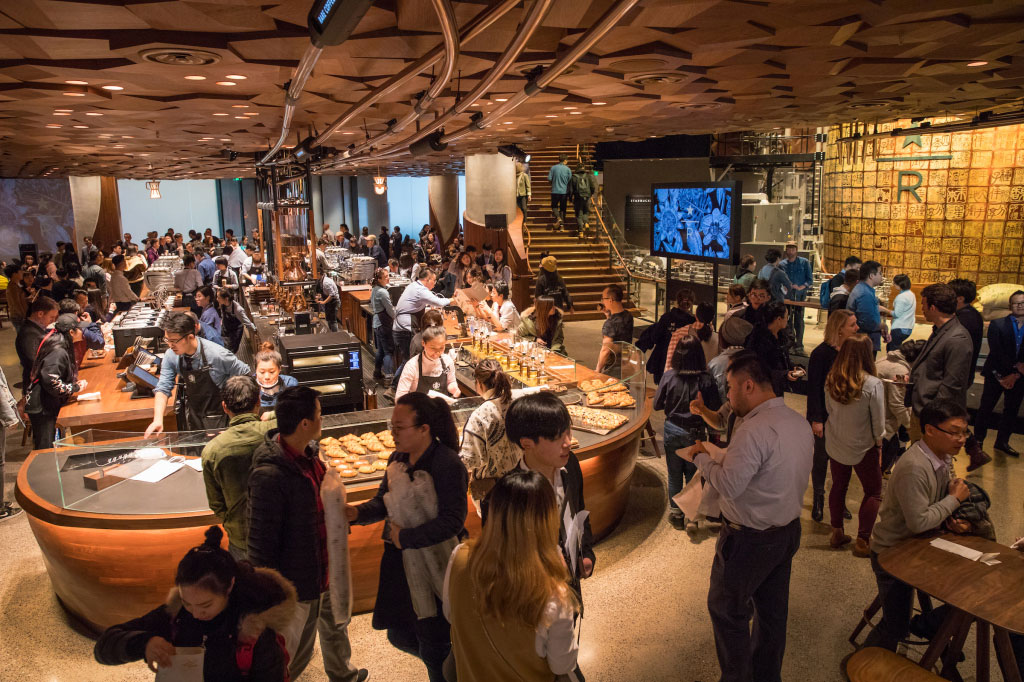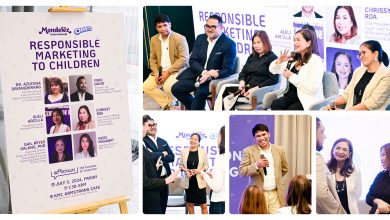MANILA, PHILIPPINES — Branding Nerd, a blog site aimed at placing the spotlight on brilliant ideas that brands have executed anywhere in the world, has recently published an article that focuses on Starbucks‘ excellent brand of customer service.
Read their piece here:
________________________________________________________________________
In our blog on Cartier: An Iconic Luxury Brand at the Right Place at the Right Time, we talked about ‘place‘ as one of the six P’s of the marketing mix. In our blog on LEGO: Prolific Product Strategy Built Brick by Brick, we talked about ‘product‘ which is another of one of the 6 P’s.
In this blog, we will talk about another ‘P‘ which is ‘people‘.
“Get closer than ever to your customers. So close, in fact, that you tell them what they need well before they realize it themselves.”
Steve Jobs, 1955-2011
When I think of ‘customer service‘, one of the brilliant brands that is top-of-mind for me is Starbucks®.
The brand does not have a slogan, however, its mission statement provides a clear idea on how it has narrowly focused its brand positioning: ‘…one person, one cup at a time.‘
It points to delivering an extraordinary experience to each customer, one cup at a time. It points to a highly-personalized, high-quality, and delightful experience.

“We’re not in the coffee business. It’s what we sell as a product but we’re in the people business—hiring hundreds of employees a week, serving sixty million customers a week, it’s all human connection.”
Howard D. Shultz, CEO of Starbucks® 1986-2000 and 2008-2017
If you’re a Starbucks® customer, I’m quite sure that you’ve probably experienced this situation at least once:
You return to your regular Starbucks® store near your office, school or home and before you even say your order, the barista already tells you what your order is.
Of course, this experience is not a fluke in Starbucks®. It is the end result of a systematic, coordinated and sustained effort to develop and support its people to the point of making the people themselves one of the key competitive advantages of this brilliant brand.
Starbucks® is legendary for its customer service. There is even a book that’s been written about it entitled ‘The Starbucks Experience‘ by Joseph A. Michelli.

Its subtitle points to the scope of the content of the book: ‘5 Principles for Turning Ordinary into Extraordinary.’
The five principles include:
- Make It Your Own – taking ownership and taking initiative
- Everything Matters – attention to all details in the brand experience, even the cleanliness of the toilet
- Surprise and Delight – creativity in delivering the unexpected
- Embrace Resistance – proactively receive criticism and taking appropriate and immediate action to address the issue
- Leave Your Mark – finding ways to go beyond the brand promise and contributing to society at large
When it comes to its people, Starbucks® has consistently applied these five principles and has heavily invested much attention and resources in ensuring that these are lived by them across the organization, whether the person is in the head office or in the store.

The first principle of ‘Make It Your Own‘ is taken quite literally by Starbucks®.
People who work in Starbucks are called ‘partners‘, not ‘employees‘. They are issued what’s called ‘Bean Stock‘ which essentially makes them shareholders of the company.
“Bean stock has made me a proud shareholder of Starbucks.”
- Cherry Jin, Store Manager
And as shareholders, the Partners have a very different mindset and motivation when doing their work in the company, vis-a-vis someone who is just a regular employee in other companies.
With regards to ‘Everything Matters‘, workers are trained to leave the counter every ten minutes to check on the whole store and interact with customers.
The brand places a very high value on customer interaction. Several strategies that have been deployed globally were borne out of actual interactions with customers inside the store. One notable example is the global roll-out of non-fat milk which was a result of several branch managers responding to customer feedback to provide non-fat milk as an option in its offerings.

In my earlier anecdote of baristas knowing your order before you even make them is an example of ‘Surprise & Delight’. Baristas are even trained to memorize the names of regular customers. Workers are also taught the art of ‘Happy Conversation‘. All these are aimed at enabling its people to provide that extra spark that leaves customers delighted.
There is one example of a store in the United States where they noted a sizable group of deaf customers. In response to this, the staff decided to take lessons in American Sign Language and even adjusted the workflow to accommodate those customers.
With respect to ‘Embrace Resistance‘, the Partners are empowered to make decisions at the frontline. There was a case in Beijing, China, wherein the store was criticized by a government official for having too many customers who are standing up. The Store Manager immediately changed the physical set-up of the store to accommodate more seating thereby addressing the issue head-on.

In terms of ‘Leave Your Mark‘, there are several significant initiatives that the people in Starbucks® have implemented away from the store.
One notable program they have is called the C.A.F.E. Practices which is an initiative led by their people in the Purchasing Department. ‘C.A.F.E.’ stands for ‘Coffee and Farmer Equity.‘
According to SCS Global Services: “SCS has teamed up with Starbucks and Conservation International to develop the Coffee And Farmer Equity (C.A.F.E.) Practices standard for ensuring that Starbucks is sourcing sustainably grown and processed coffee. Starbucks defines sustainability as an economically viable model that addresses the social and environmental needs of all the participants in the supply chain from farmer to consumer.”
Starbucks works with millions of coffee growers around the world and has introduced the C.A.F.E practices which ensure that these farmers are properly educated with respect to social and environmental sustainability measures.

With these few examples of how Starbucks® has lived out these five principles, the brand has established a global ‘people strategy‘ which has become a key competitive advantage that is compelling and hard to copy.
Today, Starbucks® has over 30,000 stores worldwide, which is a 300% increase from just fifteen years ago and is estimated to hold around 40% share of the global coffee shop market which is estimated to grow to over US$230billion in annual sales as an industry by 2025. This 2021, the brand is celebrating its 50th anniversary and has not stopped growing. It is a testament to the strength of the brand which is in large part due to its people.

The brand teaches us that having a robust ‘people strategy‘ not only delivers a strong competitive advantage but also helps ensure that the brand endures and thrives for many decades.
To learn more about foundational lessons on the essence of branding, how to build a brand, and how to sustain a profitable brand, you may visit this link and register for the Young Marketers Program.








